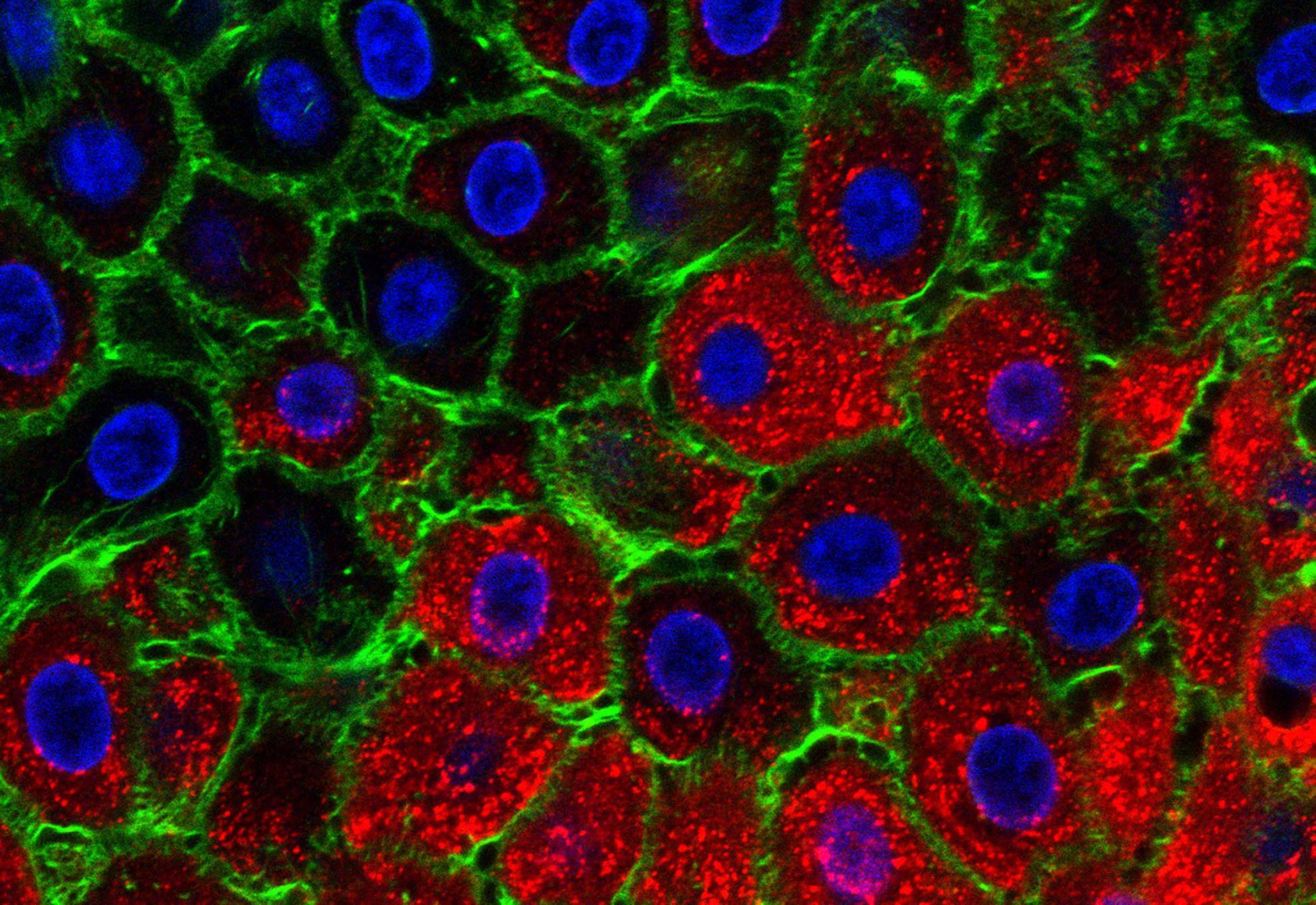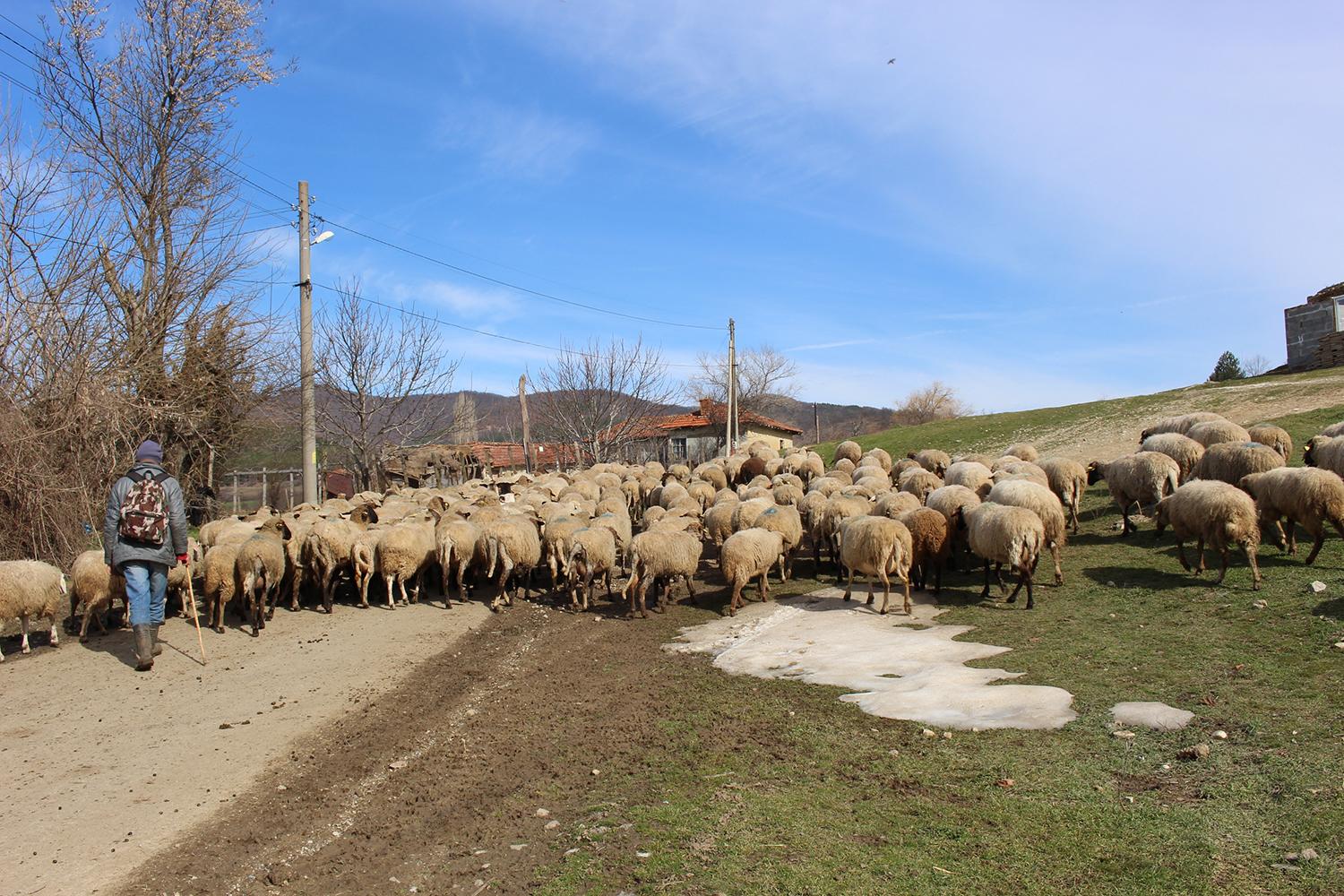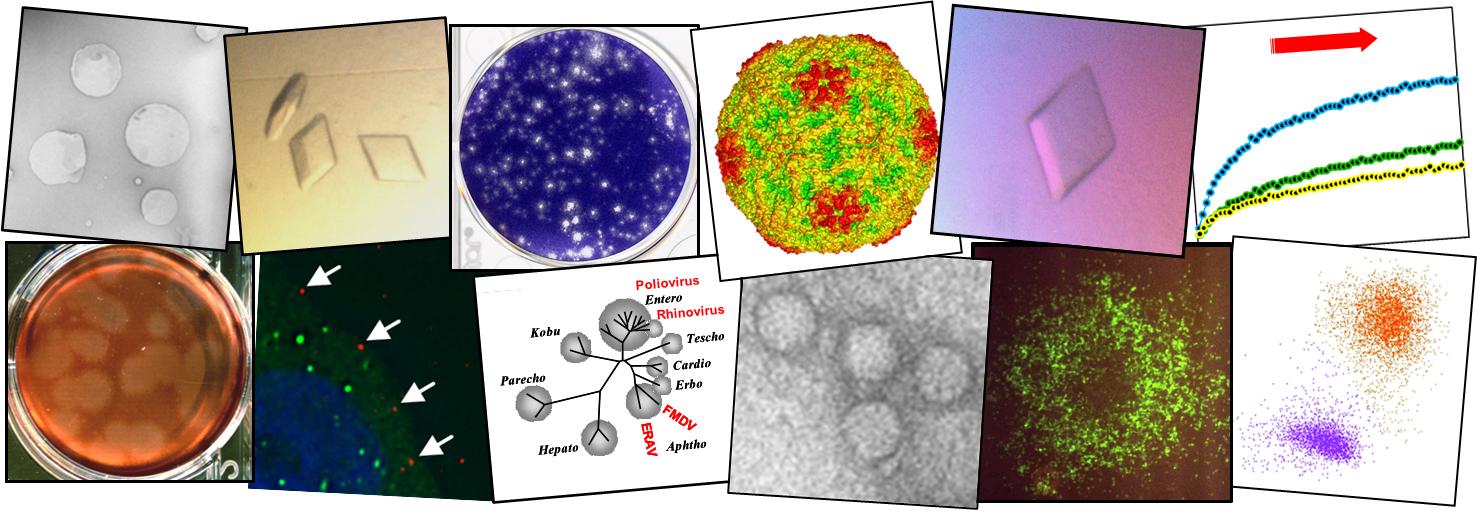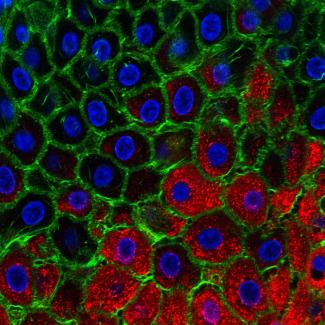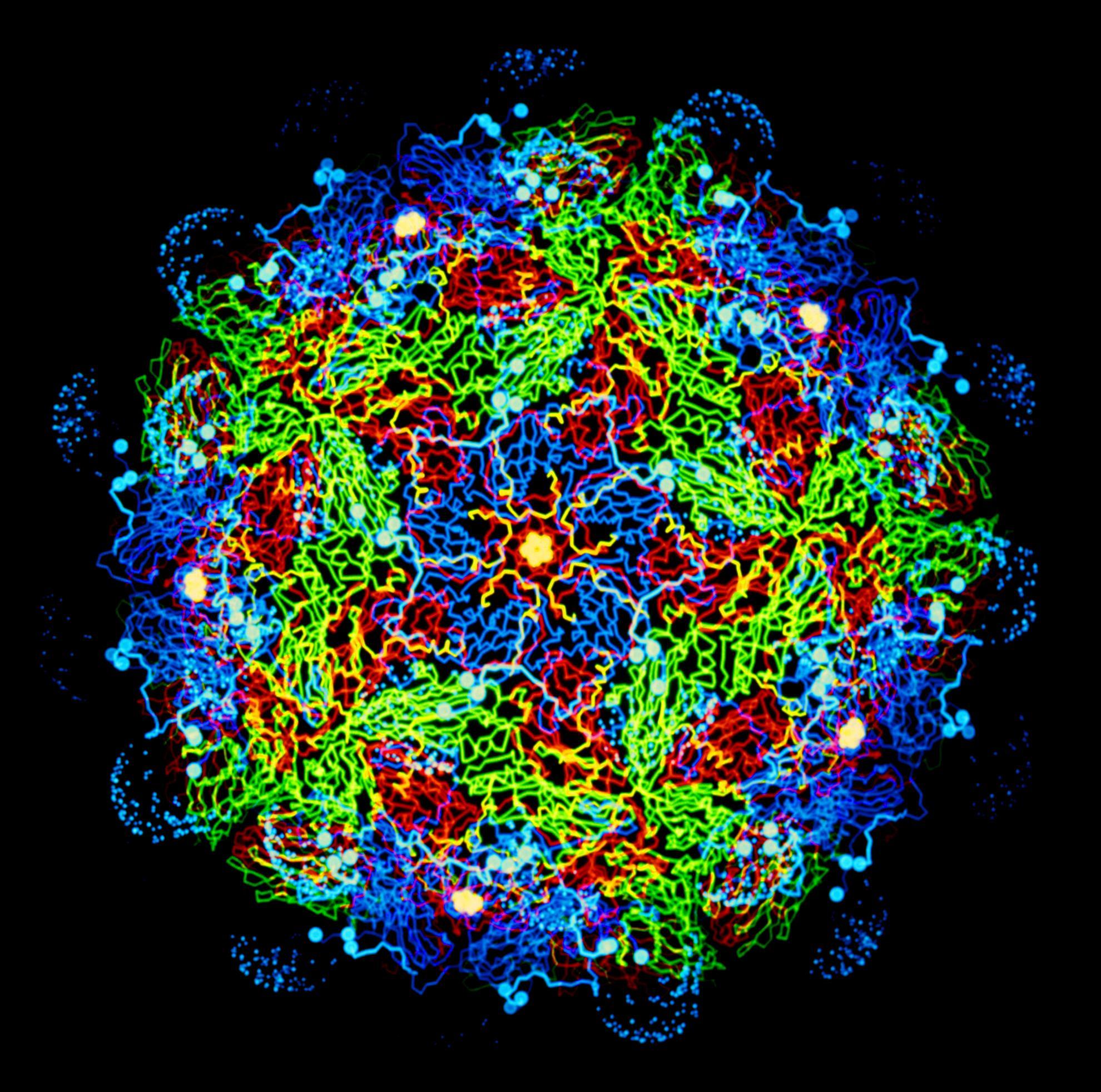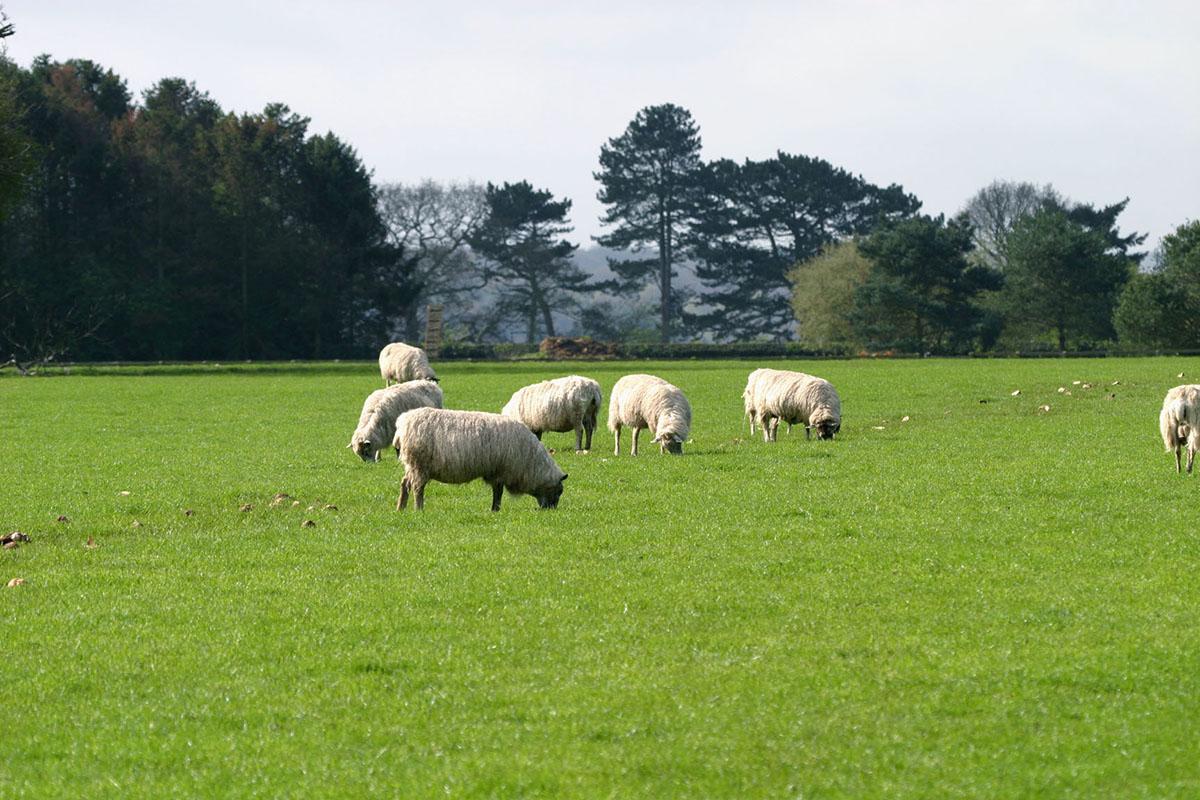Foot-and-mouth disease (FMD) is one of the most contagious animal diseases.
It infects cloven hoofed (two-toed) mammals such as cattle, sheep, goats, pigs and various wildlife species.
The virus (foot-and-mouth disease virus FMDV) is transmitted through direct contact between healthy and infected animals. Indirect contact with contaminated objects (fomites) such as vehicles, clothing, footwear, and bedding can also spread FMDV. Additionally, consuming contaminated feed or milk can transmit the virus as well as through respiratory aerosols.
The virus can be carried by wind and travel significant distances, even over sea.
FMD occurs in parts of Africa, the Middle East, Asia and parts of South America and causes huge economic losses when an outbreak occurs in FMD-free countries. The 2001 outbreak in the UK, for example, cost the economy £8 billion.
FMD also has a major impact on food security and livelihoods, especially in low- and middle-income countries.
Please see the Defra website for advice on how to spot and report the disease.
Clinical signs
The seven serotypes all cause similar clinical signs which can occur 2-14 days after being infected.
- Fever
- Blisters on the feet, mouth, nose, muzzle and teats causing lameness and salivation
- Reduced appetite due to painful blisters in the mouth, causing milk drop and weight loss
- Abortion
- Death can also occur in young animals
- In a susceptible population a large proportion of the herd or flock will show clinical signs of FMD
Virology
The virus belongs to the family Picornaviridae, genus Aphthovirus.
FMDV is a non-enveloped virus with a single stranded RNA genome. There are seven types (serotypes), that are subject to high mutation rates which constantly generate new FMDV variants.
Pirbright's research on foot-and-mouth disease virus
Diagnostics and surveillance
Pirbright is a world-leading centre of research and expertise on FMDV, providing information and advice to the UK government, other international governments, and health organisations.
The Institute is the World Reference Laboratory for FMD, where samples from across the world are tested for signs of the virus and to determine the virus serotype and genetic makeup.
The data collected is used to monitor global patterns of disease distribution and select the appropriate vaccine to use in outbreaks. This work helps ensure the UK and other countries are able to respond rapidly in the event of an outbreak.
FMDV vaccines
Vaccines for FMD are serotype-specific, so a vaccine for one serotype may not protect against others. The Institute is working on novel vaccines which may provide protection against multiple types.
By imaging the protein structure of the FMD outer proteins, our scientists have been able to replicate and strengthen the virus structure without needing to use any genetic material.
This means that the stronger synthetic structures can be used in vaccines without the need to keep them refrigerated, and without the fear that the virus can mutate back to a virulent form.
This also helps to distinguish between animals that have been vaccinated and animals that have been infected.
Sharing expertise
Pirbright scientists regularly visit countries where FMDV is prevalent, such as Kenya and Tanzania, to share expertise, and improve surveillance and prevention. This engagement work helps farmers reduce the number of outbreaks and improve the health of their animals, and also provides vital knowledge and experience in the field for our scientists.
World Reference Laboratory for Foot-and-Mouth Disease
Visit WRLDFMD.org for reports, protocols and other information.
